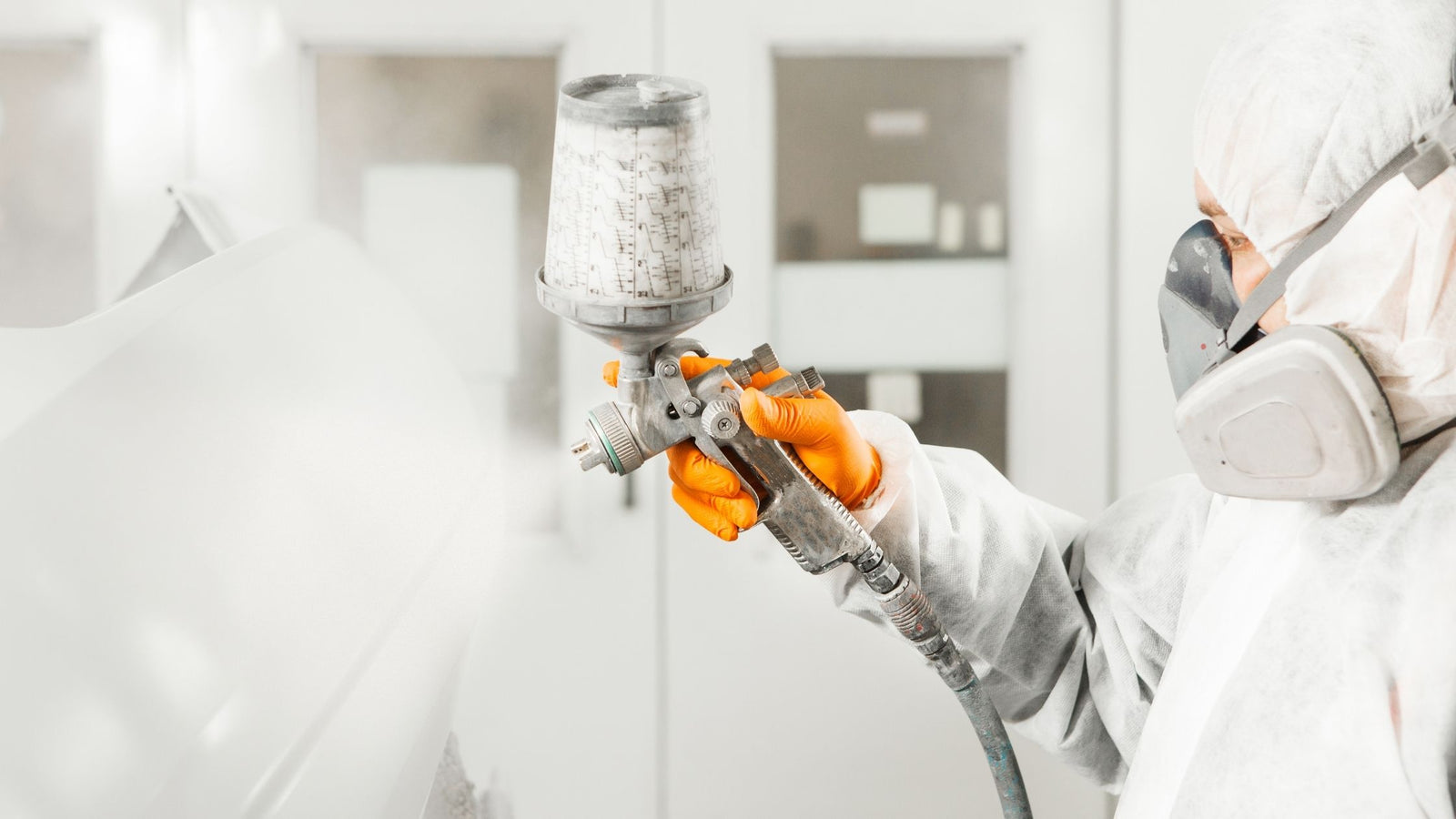Need Some Help? 0161 223 1843
Need Some Help? 0161 223 1843

December 05, 2020 3 min read
Buying a compressor can be a daunting task, especially for the home or small workshop user. I get asked all the time "what size do I need"? Secondly, how much does it cost?
The first question is more complicated than you think as a few things need to be taken into consideration. One of the main starting points is the CFM (Cubic Feet per Minute), and this is HOW MUCH AIR YOU NEED TO MOVE FOR A GIVEN JOB.
Understanding CAPACITY, FLOW and PRESSURE is essential in making your choice, and price shouldn't be.
The thing is, compressor manufacturers, use lots of jargon words, and this can be what confuses. Let's explore a few.
FLOW
Flow is the ability of the compressor to supply the end-user with the correct amount of air required to complete a job in a given time. Its Referred to as:
FAD-Free Air Delivery- and is measured in CFM-Cubic Feet Per Minute. The task at hand determines the amount of Flow required, or another way to explain it is how much air is needed to do something.

If you need to paint a small panel, often with a good time gap in-between then a low flow compressor may suffice as the compressor can supply enough CFM for the task and then have the time to build up before your next job.
But if you need to paint a large vehicle often and within a short time then a high CFM compressor is better.

A low capacity (CFM) machine will end up costing you more in electricity as it has to run for longer and more often to keep up with the Flow (litres Per Minute) that the large job requires.
CFM dictates if the compressor can compress air fast enough to keep up with your job. A continually running compressor uses lots of electricity and also creates heat which in turn can create moisture, something you don't want in your airline! (See calculating CFM below)

CALCULATING CFM
We need to look at what paint gun we are using and the CFM required. Most paint guns come with this information, and its specification is useful when helping us select a compressor to run it.
Example:
DeVILBISS® Sri® Pro Lite (Low Volume Low Pressure) Gravity Feed Gun,
To find the minimum required CFM to run this gun you need
If you only need your compressor to paint a car, then look at the paint guns CFM and size accordingly, but you may also need to use some other air tools at the same time, and so their CFMs need to be taken into consideration too.
PRESSURE
PSI-Pounds Per Square Inch is the pressure you need to perform your job, its the force that starts the ball rolling. For instance if you need 10 PSI to open a valve that pushed a ball up a tube then nothing but 10PSI would perform the task. FLOW (CFM) is how long you would need to maintain the 10PSI so that you could push the ball all the way up the tube. Pressure drops can occur if the compressor cannot keep up this flow.

WHAT DOES HORSEPOWER MEAN?
Horsepower is the amount of work that the compressor can do, its related to the compressor pump size.
The higher the horsepower, the easier it is for the compressor to push air.

HOW TO CALCULATE TANK SIZE
A good guide to help you choose the correct tank size for your needs is to times the CFM by 6
What CFM your tool needs X 6
This is a very rough guide but it means if your tool uses 10CFM and you have a 60 Litre tank you could possibly use your tool for 6 minutes before you tank runs out.
50L COMPRESSOR
 |
SEALEY SAC0502B MOBILE COMPRESSOR - 10CFM 2HP 240V MOTOR |
100L COMPRESSOR
 |
SIP TN3/100-SRB AIR COMPRESSOR 3HP 13 CFM-230V The SIP TN3/100-SRB is a trade belt-driven compressor built with an durable oversized crankcase, finned manifolds and heavy-duty aluminium aftercooler, making it ideal for prolonged trade use. |

200L COMPRESSOR
 |
SIP 3HP/200-SRB Air Compressor The SIP 3HP/200-SRB is a belt-driven compressor featuring a heavy-duty pump for reliable trade performance, an oversized crankcase, cast iron barrel, and aluminium aftercooler. |

Comments will be approved before showing up.